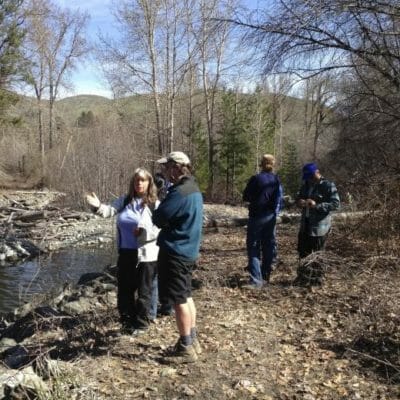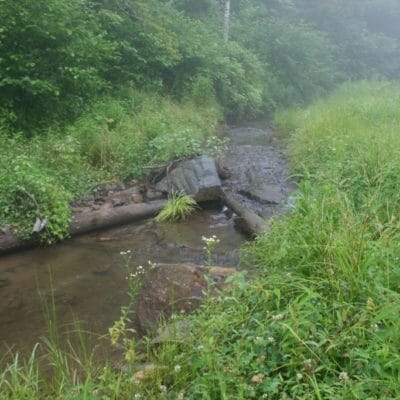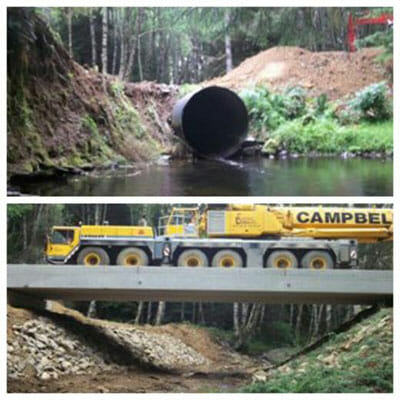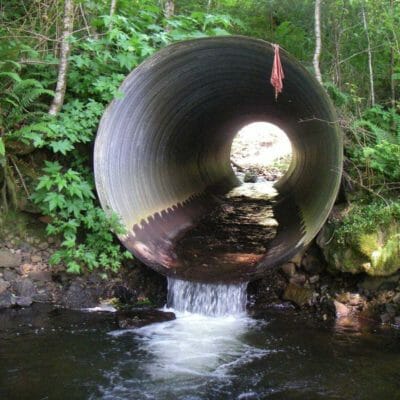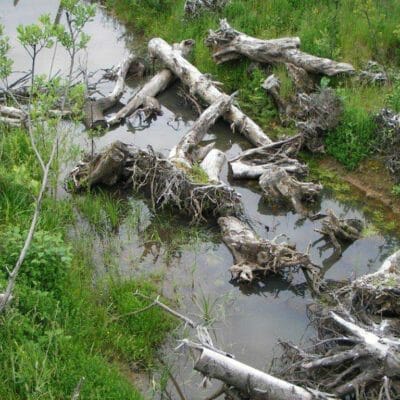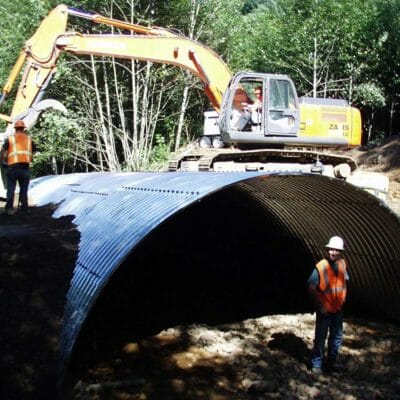Goals Trout Unlimited is constructing a complete irrigation system upgrade with the goal of increasing anadromous and resident fish populations in the Twisp and Methow Rivers of central Washington State. TU’s Methow Valley Irrigation District Project seeks to protect as much as 11 cfs instream flows by changing the point of diversion from the Twisp…
Virginia’s Shenandoah Valley is the stuff of postcards — majestic mountains, tiny meandering streams and breathtaking vistas. Home to the George Washington National Forest and Shenandoah National Park, the Shenandoah Valley is a destination for hunters and anglers around the country. Here, TU is working to restore streams to their former glory. By reintroducing native…
Mabel Creek is in the Upper Youngs River, above 90-foot-tall Young River Falls, so the native coastal cutthroat trout populations above the falls persist largely undisturbed by decades of hatchery production focused on targeted anadromous fisheries downstream in Youngs Bay near Astoria. While located on private timber land, the Upper Youngs River area is open…
Renowned for their size, the Lewis and Clark River is still home to a remnant population of winter steelhead. But two perched and undersized culverts on private timber land blocked upstream and downstream passage for adult and juvenile native winter steelhead and coastal cutthroat trout to and from intact spawning habitat. One culvert was on…
Working with a private timber company, Trout Unlimited removed nine culverts which were barriers to passage for Necanicum River wild coho, steelhead, coastal cutthroat and lamprey. Starting at culvert highest in the watershed of the nine targeted for removal, TU removed fill and the culvert while recontouring stream banks to replicate pre-road conditions. From there…
Using historical photographs, anecdotal evidence and local knowledge, TU worked with project designers Doug Ray of Carex Consulting and Joseph Shehan from Oregon Dept of Fish and Wildlife to re-excavate a 14 plus acre historic off-channel wetland on the Necanicum River. The channel had been filled and converted to ag land. Habitats such as this…
By replacing an undersized perched culvert on U.S. Highway 101 between Seaside and Cannon Beach, Oregon, TU and it’s partners were able to restore passage to the upper reaches of Circle Creek. The creek is a main spawning tributary of the Necanicum River for wild coho as well as steelhead, cutthroat and lamprey. By using…
